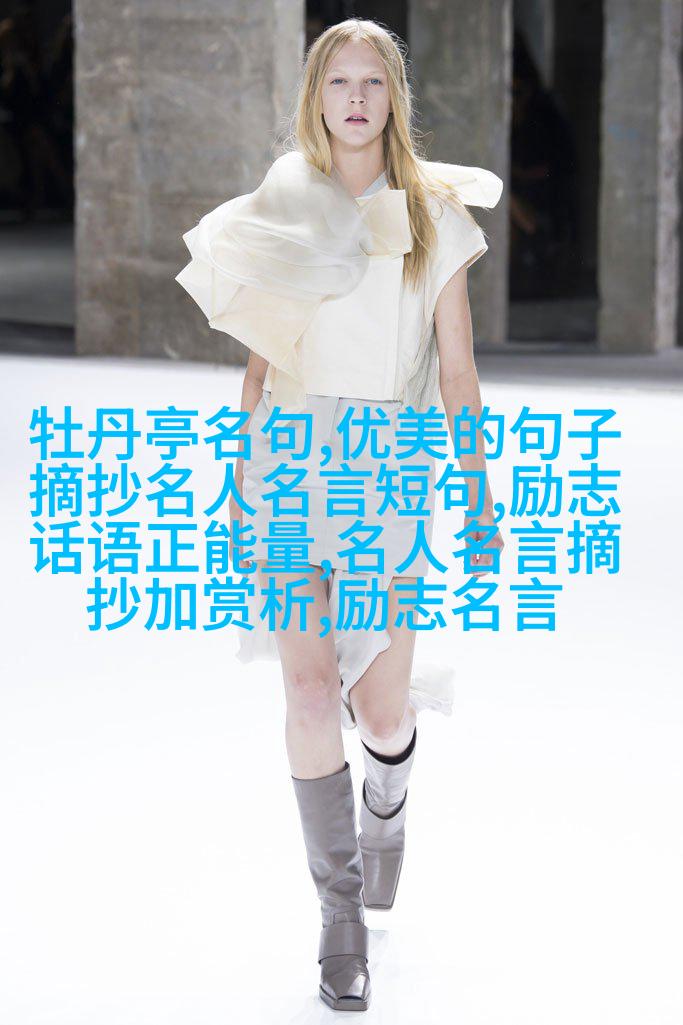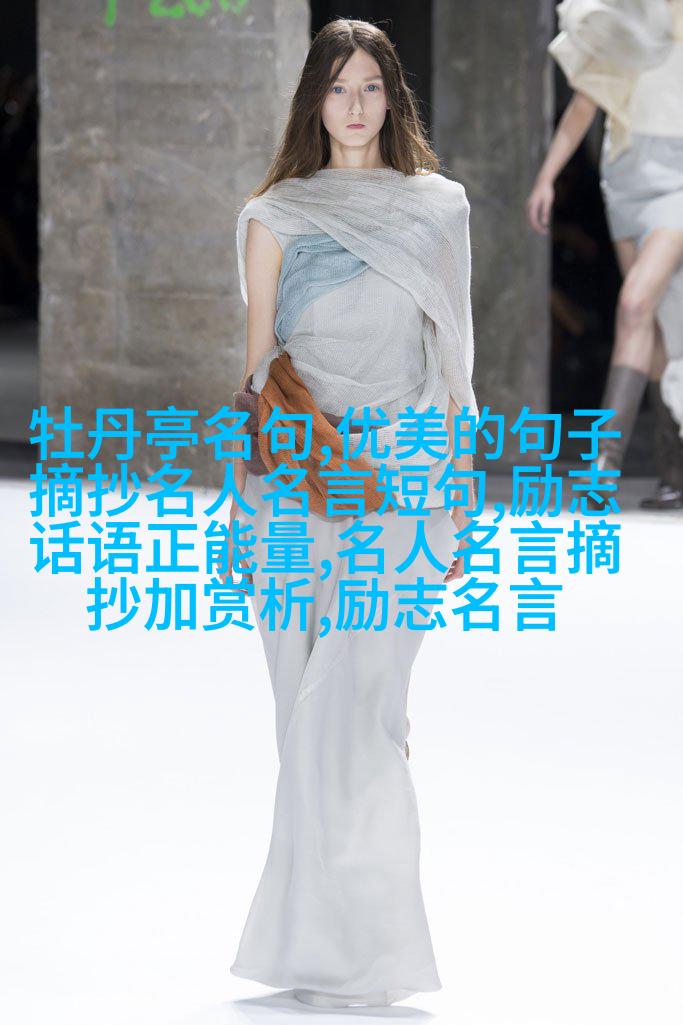何时在哪里为何卖炭翁成为了文学作品中的重要元素
在中国古典文学中,卖炭翁这个形象经常被用来反映社会现实和人性深层。它不仅仅是《红楼梦》中的一个角色,更是一个文化符号,承载着丰富的历史意义和深刻的哲理。在探讨何时、在哪里、为何,卖炭翁成为了文学作品中的重要元素之前,我们需要先了解它背后的文化内涵。

首先,让我们回到那个遥远而又近在咫尺的时代——清代。那个时候,中国社会呈现出一种奇特的格局:封建主义与资本主义并存,而经济上的贫富差距日益扩大。卖炭是当时城市居民必需品之一,因为煤炭既能用于烹饪也能用于取暖。而“买”煤则意味着购买商品,也代表了商品经济的一种体现。
sells charcoal, but also represents a symbol of the commercialization of society. In this context, the image of selling charcoal has become a metaphor for the lowly status and hard work that many people had to endure in order to survive.

sell charcoal is not just about selling coal; it's about representing a class struggle within Chinese society during that time period. The image of selling charcoal is used as an allegory for poverty and hardship, reflecting on how some individuals had to engage in menial labor just to make ends meet.
sell charcoal was more than just an occupation; it was a reflection of societal stratification. It represented both the economic disparity between different classes and their struggles against each other.

As literature continued to evolve throughout history, so did its interpretation of these characters. When we look at literature from different eras, we see how authors have utilized these characters as symbols or metaphors for social commentary.
The character "sell charcoal" has been portrayed differently by various authors over time. Some portray them as victims while others depict them as strong-willed individuals who fight back against their circumstances.

For example, Lu Xun's short story "A Madman's Diary" uses the character 'selling coal' as a symbol for China's backwardness during his time period. This portrayal highlights societal issues such as superstition and ignorance which were prevalent at that point in history.
In contrast with Lu Xun's depiction, Mao Dun portrays 'sellers of coal' in his novel "Midnight" with empathy and understanding towards their plight—showing that even though they are poor they have dignity due to their resilience amidst hardships

These examples illustrate how interpretations can vary greatly depending on cultural contexts and historical perspectives
In conclusion,
the figure known simply as "sells coal," but one whose significance extends far beyond mere commodity exchange: he embodies themes like poverty-stricken lives under oppressive regimes (symbolizing socio-economic disparities), resilience & determination despite adversity
Sell Charcoal:
Represents
Symbolizes
Embodies